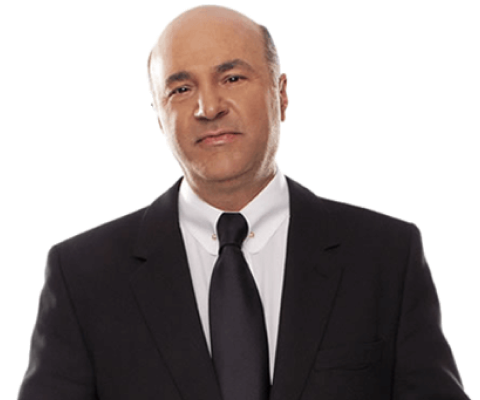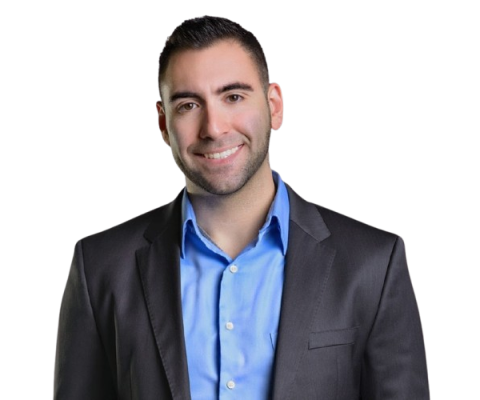What is Post-Allowance Statement / Declaration of Use?
Trademark Services in the Great White North: Filing a Declaration of Use in Canada
In the U.S. it's called a Statement of Use. In Canada, it's called a Declaration of Use.
If you filed your trademark based on proposed use or intent to use (when you file your trademark before you can prove that the brand has already been in use for some or all products and services listed in your trademark application), then after your trademark goes through the whole process with the Trademark Office, eventually the trademark examiner will allow your trademark.
But it won't get registered right away—until you provide evidence or declare to them that you have commenced using the brand for all of the products and services listed in your trademark application. Basically, no matter what they’re called, this step in the trademark process is showing the holder’s intention (and continued intention) to use the trademark you’ve been granted.
In Canada, all you have to do is file a declaration, saying, "Yes, I promise, we started using the brand for all of the products and services." And for Canada, even though you are not required to show evidence, the last thing that you want to do is lie to them.
If it's found that when you made the declaration of use, claiming that you started using your brand for all products and services when you indeed have not, then your trademark will be invalidated for that reason, so be very, very careful.
Additional Trademark Costs and Steps in the American Post-Allowance Statements
In the U.S., in addition to making that statement, you also have to provide evidence, such as photographs, links to your website, or something like that which would convince the examiner that you are indeed already using the trademark. Other than that additional consideration, the processes are very similar in both America and Canada.
Despite those differences and the differences in terminology, there’s not much difference between an American post-allowance statement or a Canadian declaration of use. Both show that the trademark is being exercised in good faith.
Extensions and Allowances in Trademark Services Before Registration
Again, when your trademark gets allowed, even after you’ve paid any trademark costs—it's not registered yet. It's going to sit and wait for you to say, "We're ready!" And you're going to get several months, which you can extend several times. But eventually, if you don't start using your allowed trademark within a certain period (and it's different from application to application, from country to country), your trademark application will be deemed abandoned.
That's another reason for you to think very clearly as to what products and services you should put in your trademark application. Because you have to have a genuine intention to start using your trademark for all the products and services that you put in your trademark application. While that situation might eventually change that can be remedied as new possibilities make themselves available in future filings.
Special Exceptions and Considerations in Trademark Services
And here is another thing about trademark costs, if you realized that you won't be using the trademark for some of the products and services that you've listed in your trademark application, it is ok to say: “We are using the trademark for these products and services; we are not going to be using it for those products and services.
So we would like our trademark to be registered only for those that we've already started using.” The Trademarks Office will happily remove the abandoned products and services from your application and register your trademark for everything else that remains in trademark services.
There are always complications and additional trademark costs that can come up when bringing a product to market, and these considerations are built into the process.












